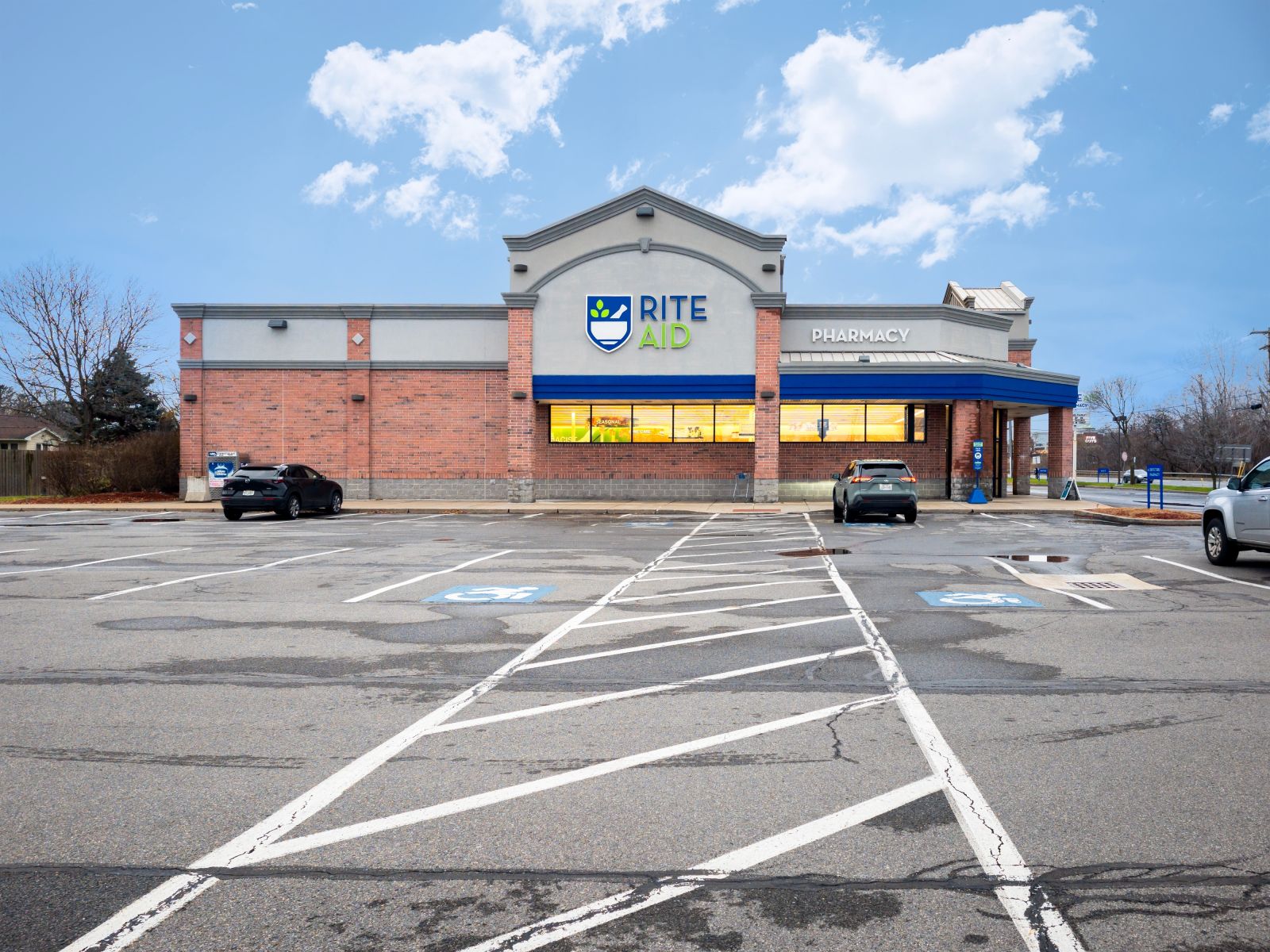
This is a tough time to be in retail. Decades-old chain stores and downtown staples are facing rapidly rising supply chain costs, evolving consumer habits, and disruptive competitors.
Pile those challenges onto years of stagnant growth, and the profit margins are simply too tight. Retail chains are bleeding cash, and the only option left is to shut shop.
The latest casualty: Rite Aid.
Founded in 1962, this iconic drugstore chain grew rapidly as a core community brand. At its peak in the early 2000s, Rite Aid owned more than 4,500 brick-and-mortar stores all over America. But mounting debt and an inability to match agile competition have seen the drugstore giant’s fortunes crumble.
Rite Aid filed for Chapter 11 again earlier this year — and this time, there’s no coming back. It’s selling off virtually everything, and it’s not a great sign for retail in general.
Read on to find out what’s happening with Rite Aid, who’s buying up all the assets, and which big retailers could be next up on the chopping block.
Why Is Rite Aid in Trouble?
Rite Aid has been in serious trouble for the last decade or so. It all boils down to major debts, mismanaged restructuring projects, and aggressive competition. There have also been a couple of bad lawsuits that didn’t help, either.
All of those problems really came to a head the first time Rite Aid filed for Chapter 11 bankruptcy.
After years of losses and hefty lawsuits going back to Rite Aid’s alleged role in America’s battle against opioid addiction, the drugstore filed for bankruptcy in October 2023. At that point, Rite Aid’s management team was staring down the barrel of around $8.6 billion in debt.
They tried their best to restructure. Rite Aid was delisted and went private. The company managed to shed $2 billion in debt, sold or closed hundreds of underperforming stores, and secured financing to exit bankruptcy in 2024. But Rite Aid was still sitting on $2.5 billion worth of liabilities, and its management team clearly wasn’t able to pivot alongside shifting consumer behaviors.
Underperforming front-end retail operations, a shift to omnichannel shopping experiences, and an influx of cheap off-brand products prevented Rite Aid from ever truly recovering.
The margins were too weak to sustain what was left of the brand.
In May 2025, Rite Aid filed for Chapter 11 again. The company announced plans to sell just about all of its assets, including its brands, pharmacy customer files, and 1,200 remaining stores. Fortunately for customers relying on Rite Aid’s pharmacy services, there’s been no shortage of buyers.
Who Will Take Over Rite Aid Stores?
There are multiple deals in the works to tear apart what’s left of the Rite Aid empire. The biggest winner here is CVS Health (CVS).
CVS has bought the prescription files of 625 Rite Aid pharmacies across 15 states. It’s also taken on 64 Rite Aid stores in Idaho, Oregon, and Washington.
Elsewhere, regional grocery chain Giant Eagle is taking over the prescription files for 78 Rite Aid pharmacies in Pennsylvania and Ohio. Giant Eagle has also converted two Rite Aid stores.
Other names are in the mix, too. Albertsons (ACI), Kroger (KR), and Walgreens (WBA) have been named as potential bidders.
Walgreens has had a pretty rocky history with Rite Aid, including a failed merger in 2017.
That being said, Walgreens already bought more than 2,000 stores from Rite Aid in 2018, and the chain has posted modest year-over-year growth. So there’s a good chance a lot of Rite Aid pharmacy customers are going to end up being transferred to their local Walgreens in the second half of 2025.
In the meantime, big retailers are going to be watching this all unfold with mounting anxiety. Rite Aid isn’t the only iconic chain hurting right now.
Which Retailers Could File for Bankruptcy Next in 2025?
Rite Aid’s demise partly boils down to changes in the retail healthcare vertical.
Some cities are dealing with an oversaturation of pharmacy locations. Meanwhile, plenty of pharmacies are dealing with lower footfall and a consumer demand for digital-first experiences. But Rite Aid also fell flat on some basic hurdles that many big retailers are struggling to cope with.
Pressure from online giants, the emergence of new e-commerce marketplaces, looming global tariffs, and rising supply chain costs have backed a few well-known chain stores into a corner.
In August, tween-focused global chain Claire’s filed for Chapter 11 for the second time. To try and stay afloat in its other key markets, Claire’s has announced plans to sell its North American business to Ames Watson.
And Claire’s is in good company. Here are some of the big names you should be worrying about over the coming months:
- Guitar Center: Moody’s downgraded the music chain’s credit rating in October 2024, and the outlook hasn’t improved this year. Mounting debts and lagging sales have analysts speculating bankruptcy is on the horizon.
- Qurate Retail Group: Qurate is QVC’s parent company, and things aren’t looking good. QVC has been hit hard by changing viewing and shopping habits, pushing Fitch to downgrade Qurate’s credit twice so far in 2025.
- Everlane: There are definitely distress signals at the ethical clothing brand. Profitability issues, management turnover, and a dip in revenue have spooked a lot of market watchers and speculated fears of bankruptcy.
- Macy’s (M): The iconic department store’s credit is ok right now. But Macy’s is consecutively missing net sales targets and planning to shut 150 stores by 2026. If current brick-and-mortar trends persist, Macy’s is definitely one to worry about.
- Madison Reed: Reduced venture capital funding, a weak supply chain, and mounting competition have placed this big brand at high risk. There are some new deals on the horizon to give management hope, but things aren’t looking great.
Let’s be clear: Nobody has a crystal ball, and these five brands might totally turn things around in 2025. We’re all rooting for them.
But this list should give you a rough idea of the wide range of chains and retailers that are genuinely struggling this year.
Retail disruption is rife, and macroeconomic trends don’t seem to be working in anybody’s favor at the moment. So, do yourself a favor and don’t get overly attached to any big brick-and-mortars over the months to come. At least a few of them might end up going the way of Rite Aid.







